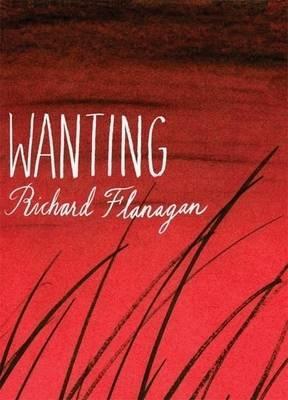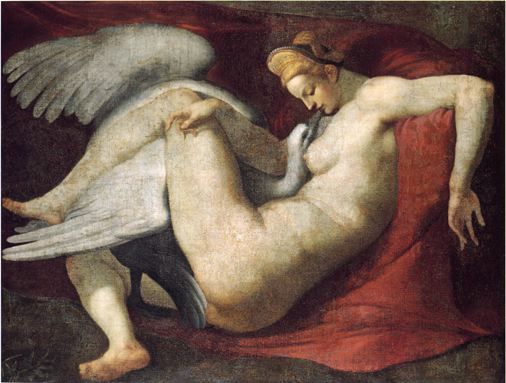What do you think?
Rate this book


256 pages, Hardcover
First published January 1, 2008
That in the thirteen years of life left to him, he would be faithful to Ellen Ternan, but that theirs would be a hidden and cruel relationship. That his writing and his life would change irrevocably. That things broken would never be fixed. That even their dead baby would remain a secret. That the things he desired would become ever more chimerical, that movement and love would frighten him more and more, until he could not sit on a train without trembling. He was smelling [Ellen], hot, musty, moist.The book's central character, however, is Mathinna. What is it that she wanted? Probably to be left alone. For her entire short life, until her squalid death, Mathinna attracts the sacred and profane desires of both whites and natives, who think they know what they want, but don't.

